Major General Robert Rodes, as well as three of his five brigade commanders at the Battle of Gettysburg, did not survive the American Civil War. The attack of Rodes’ brigade on July 1 is of great interest for it is the only time the entire brigade was engaged during the three-day battle.
Rodes’ checkered performance has been the subject of many studies. The first wave of assault by Rodes’ division against the right flank of the Union I Corps was conducted by Brig. Gen. Edward O’Neal, Colonel Alfred Iverson, and Brig. Gen. Junius Daniel. Both Iverson and O’Neal survived the war.
O’Neal’s shoddy performance commanding Rodes’ old brigade, bordering on negligence, on the first day at Gettysburg resulted in General Robert E. Lee withdrawing his nomination to brigadier general. As a result, Confederate President Jefferson Davis cancelled the promotion. O’Neal returned to brigade command with the Army of Tennessee during the first part of the Atlanta campaign, but was let go when General John Bell Hood took command of the army in July 1864. O’Neal spent the remainder of the war tracking down deserters in northern Alabama and died in 1890.
Iverson, who remained in the rear while his brigade met with disaster at Oak Ridge on July 1, lost the confidence of General Lee, who had him transferred to his native Georgia. He received command of a cavalry brigade in 1864 in Maj. Gen. Joseph Wheeler’s cavalry corps. He partially redeemed himself by defeating Maj. Gen. George Stoneman’s mounted raiders at Sunshine Church, Georgia, in July 1864. He died in 1911.
Brigadier General Daniel, a native of North Carolina, exhibited considerable skill in handling his brigade on the first day. His brigade suffered more casualties than any other brigade that day. He received a fatal wound during the Battle of Spotsylvania on May 12, 1864, while leading a gallant counterattack against Union forces occupying the Mule Shoe. “He was a thorough soldier, calm, resolute, and unpretending,” Confederate historian Brig. Gen. Clement A. Evans wrote of Daniel.
As for Brig. Gen. George Doles, who supported the Confederate II Corps’ attack on the Union XI Corps on the first day, his Georgia brigade had the misfortune to be overrun at Spotsylvania. The Southern press excoriated him for alleged mishandling of his command during the battle, even though his superiors exonerated him. His brigade was one of the best in the army, and that serves as proof of his leadership skills. He fell charging Federal lines on May 2, 1864, at Bethesda Church east of Richmond.
Brigadier General Stephen Ramseur, who drove the Union I Corps from Oak Ridge as the second wave of Rodes’ attack, received a promotion to major general in June 1864. Like Rodes, he served in Lt. Gen. Jubal Early’s Army of the Valley. During the Battle of Cedar Creek on October 19 he was struck down by a minie ball while rallying his brigade and died the following morning. He was tenacious both on attack and defense. All three fallen generals—Daniels, Doles, and Ramseur—were men that Lee could ill afford to lose in the final months of the war.
Rodes died one month before Ramseur. In the Third Battle of Winchester fought September 19, the 35-year-old major general was struck in the head, it is not known whether by a bullet or shell fragment, while waving his men forward in a counterattack against the Federals.
“We have never suffered a greater loss save in the Great Jackson,” wrote Major Jed Hotchkiss to his wife concerning the death of Rodes. “Rodes was the best division commander in the army of Northern Virginia and was worthy of and capable for any position in it.”
—William E. Welsh
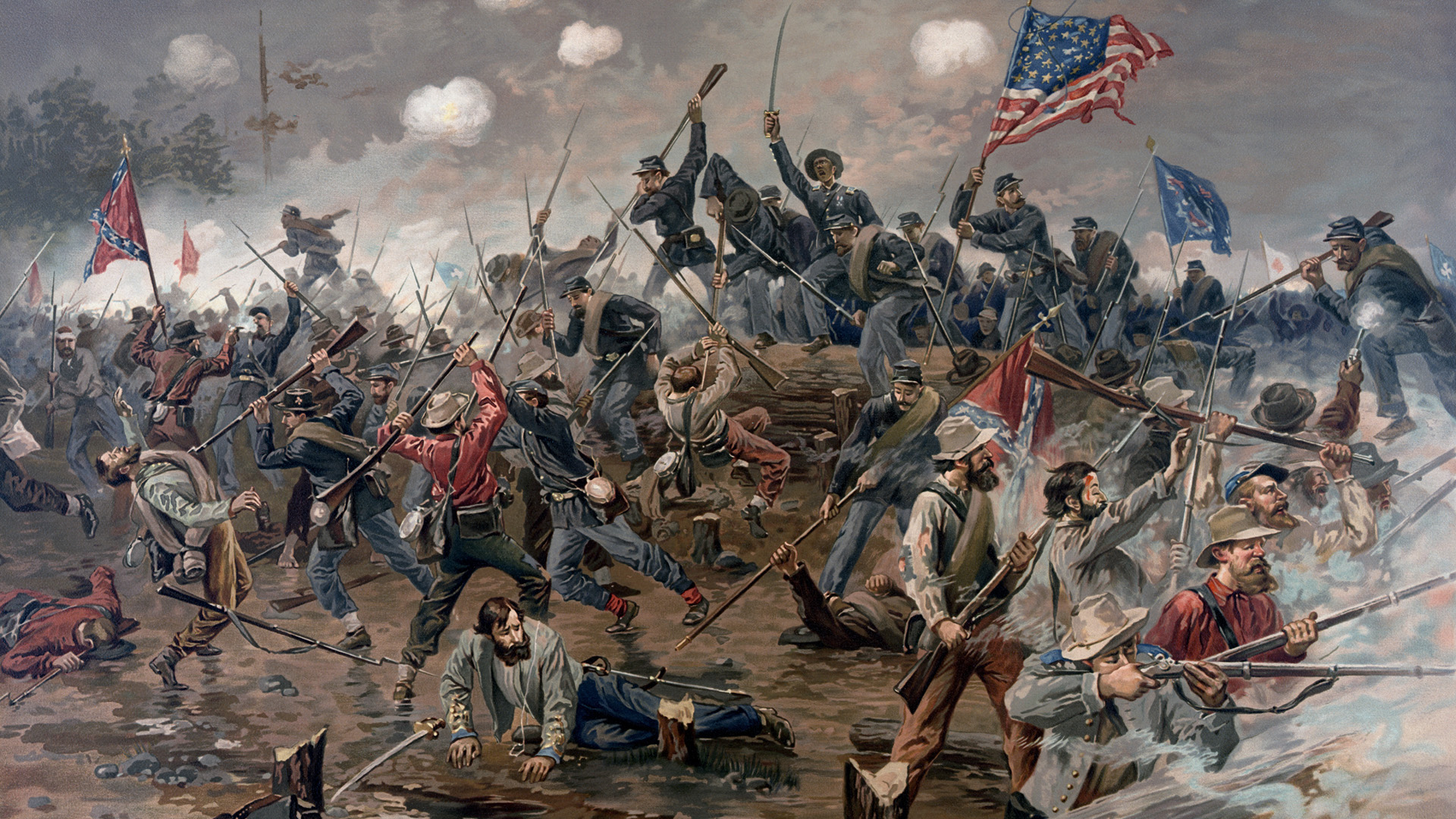
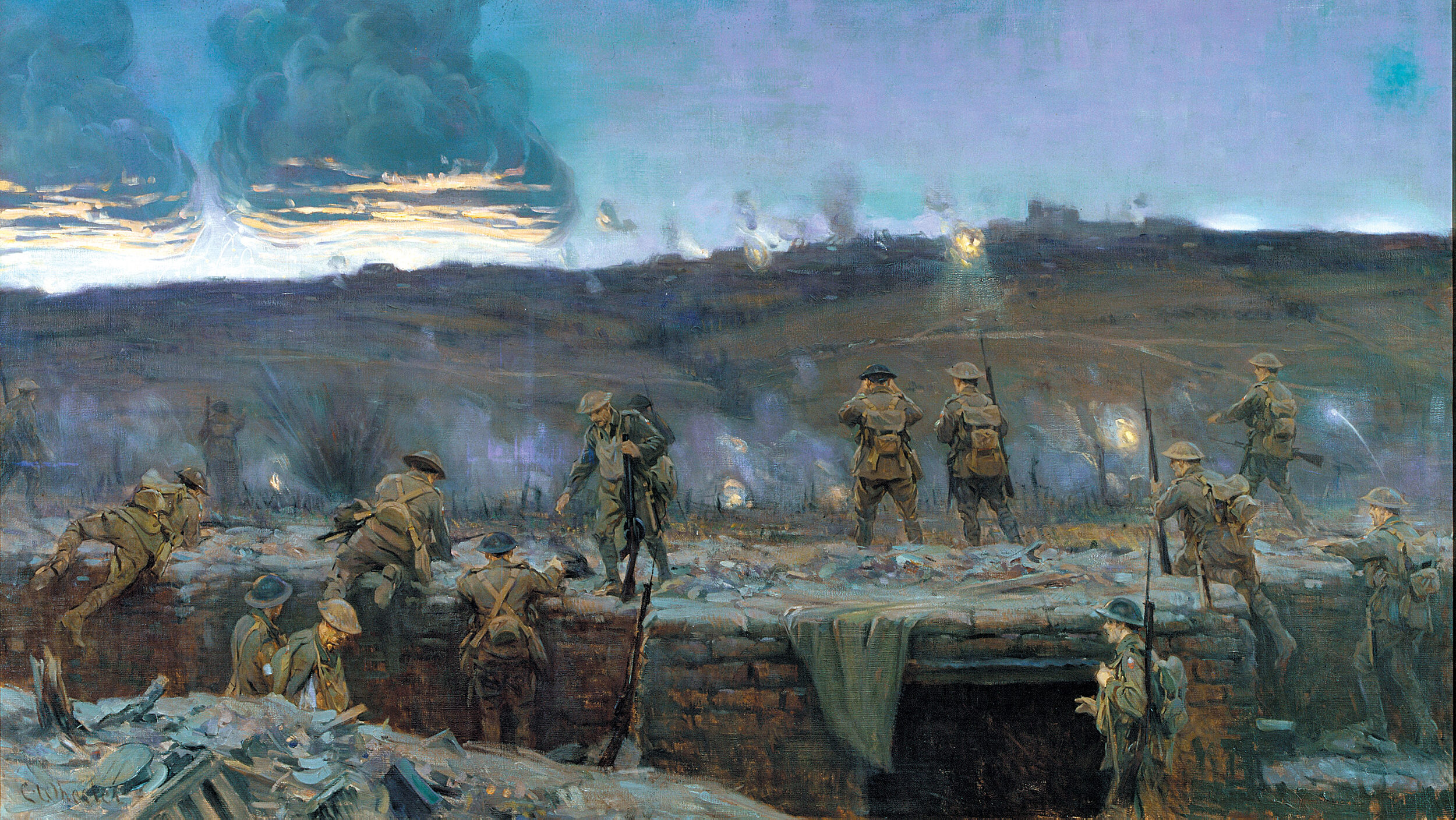
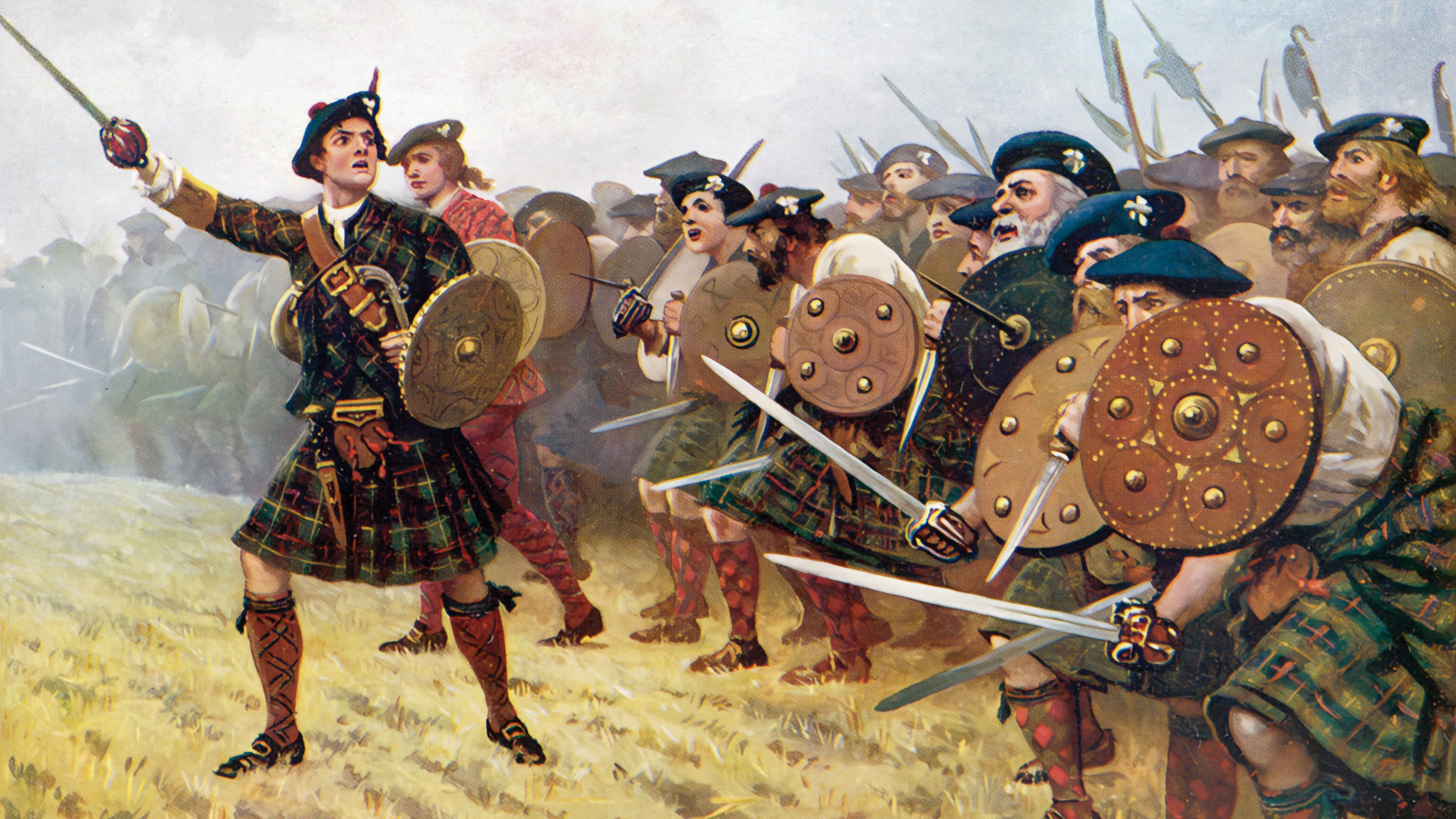

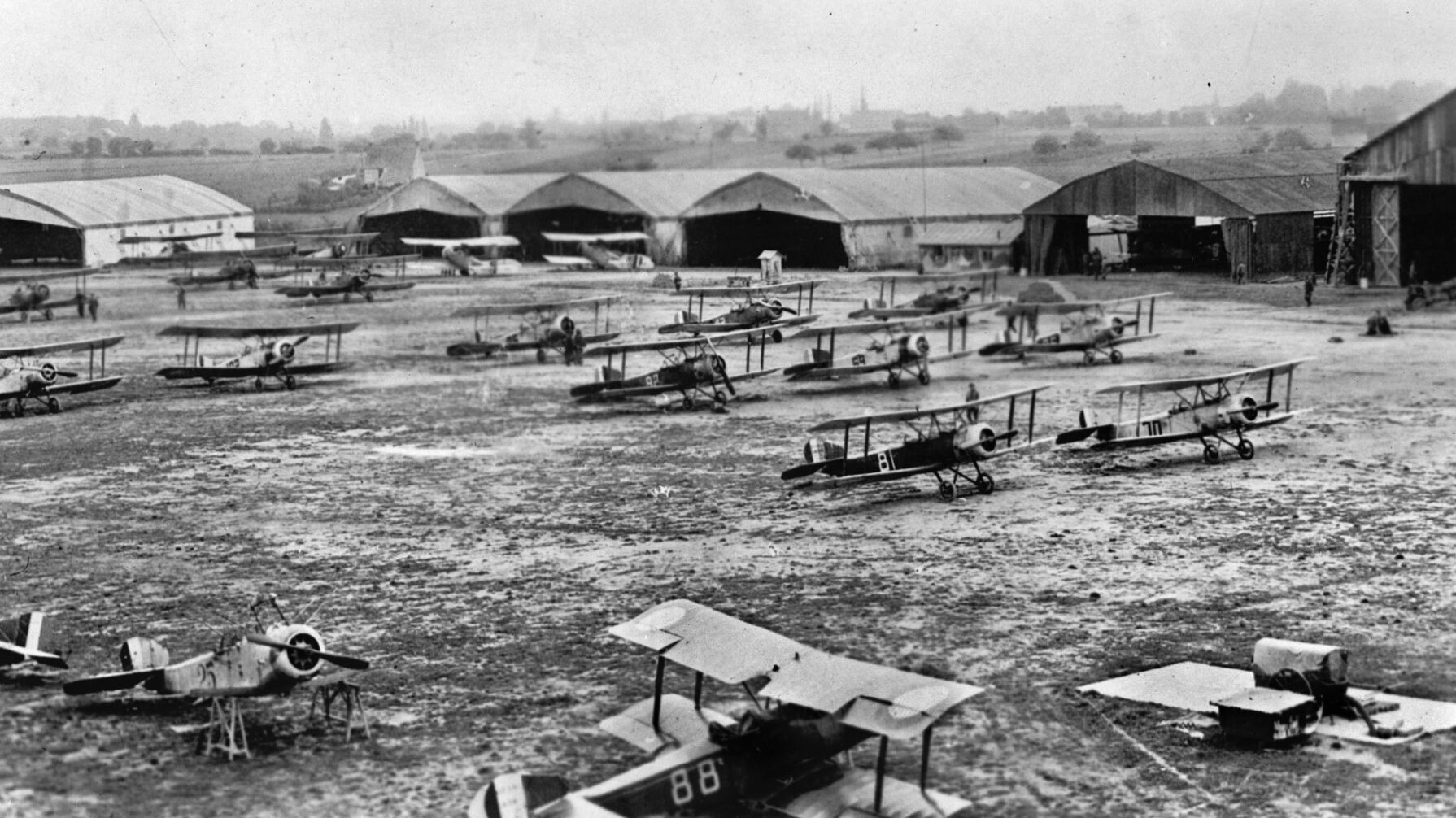
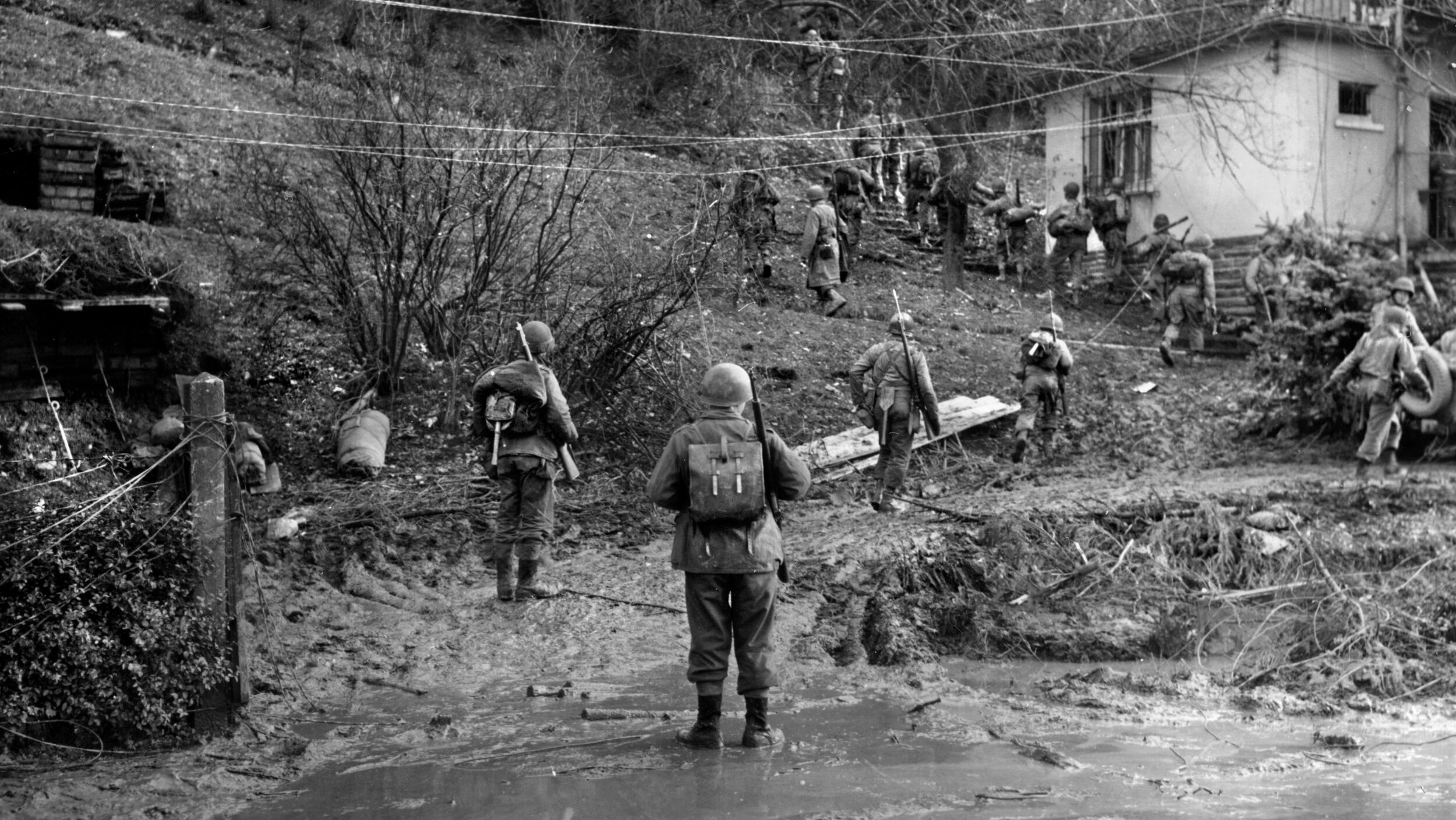
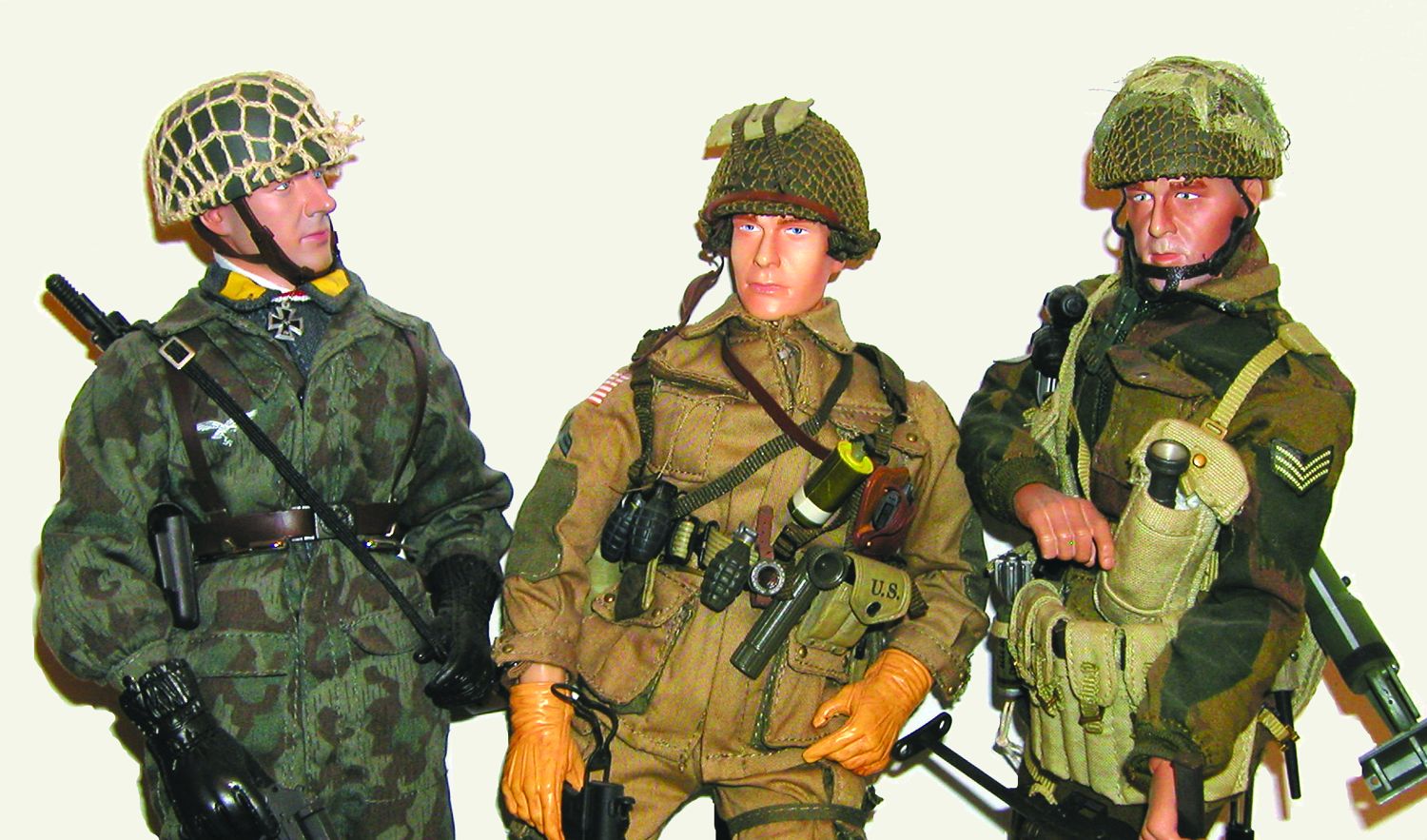
Doles died on June 2, 1864, not May 2. The latter date was before the battle of Spotsylvania.